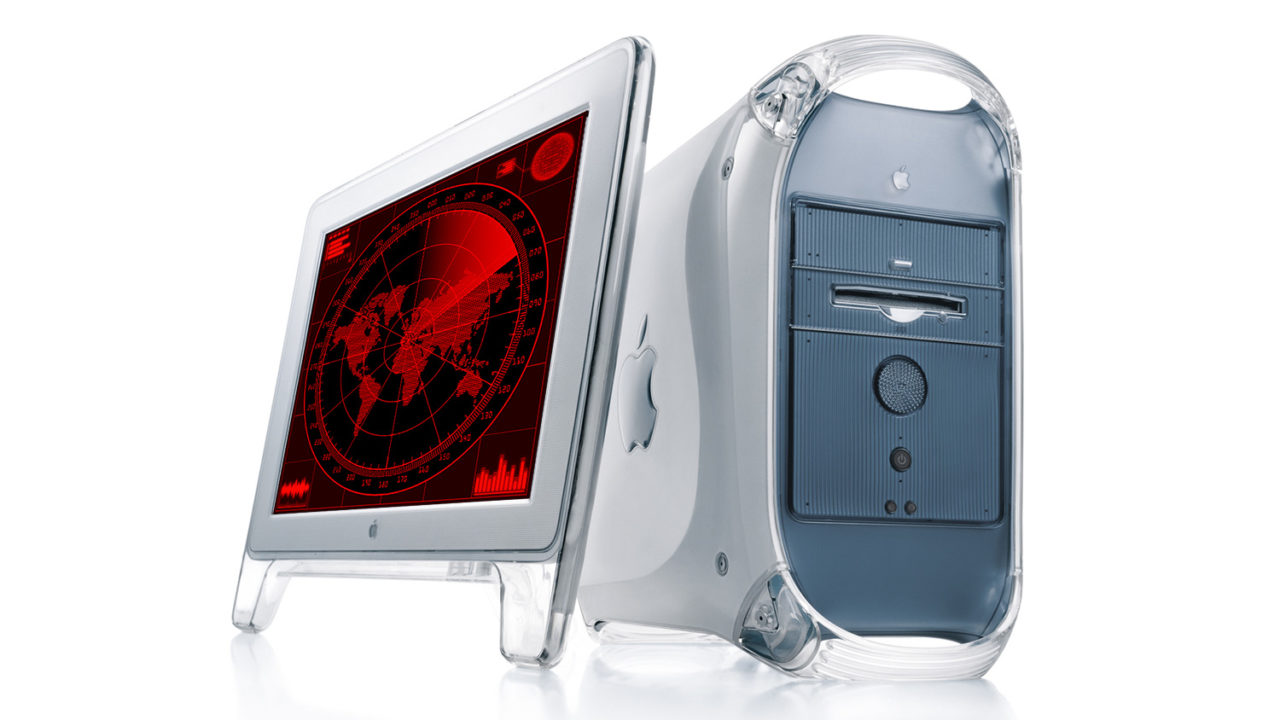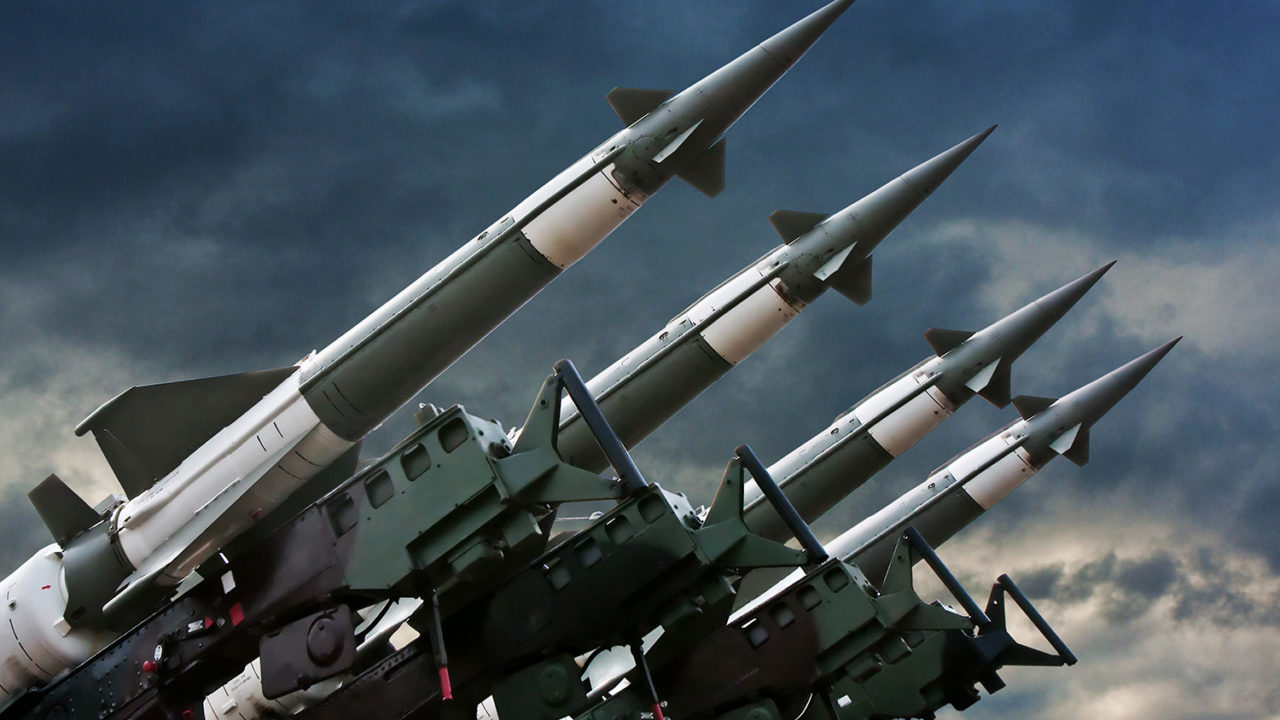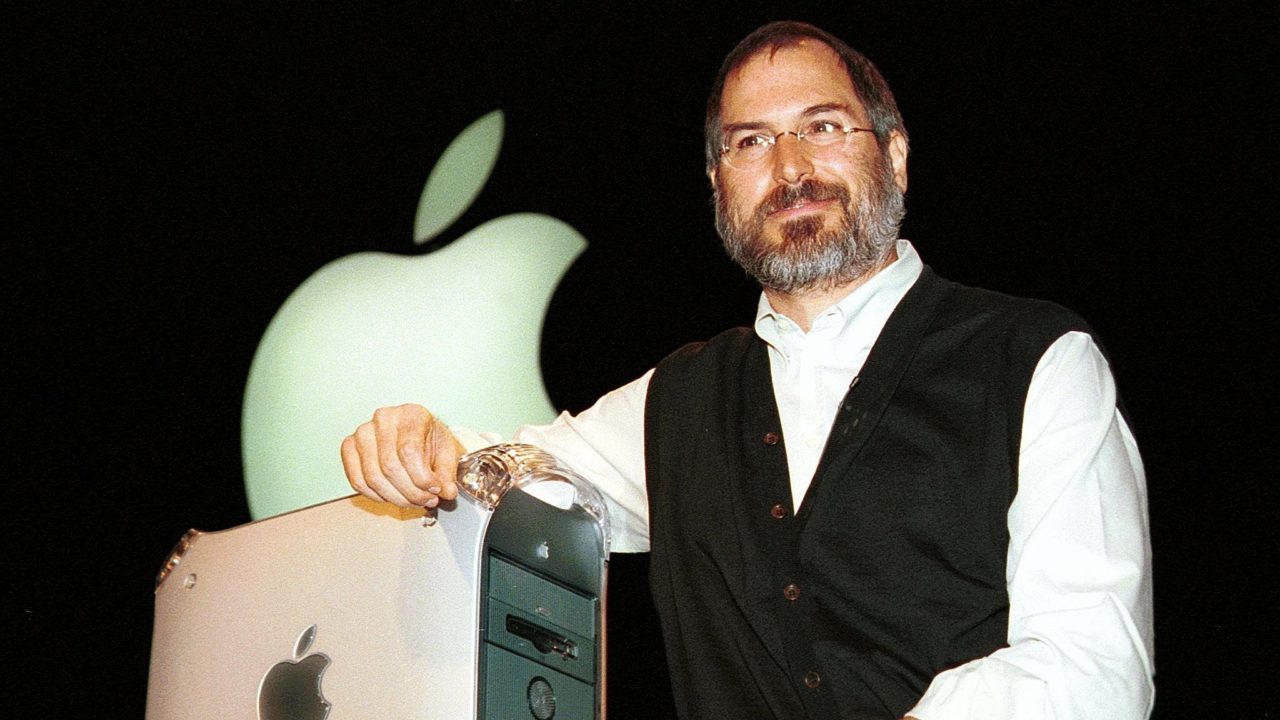Was Apple’s 1999 Power Mac G4 Really Classified as a Weapon?

While browsing Apple’s excellent “30 Years of Mac” tribute, I noticed a brief detail about the Power Mac G4 that I recalled hearing years earlier (perhaps when the system was first released): “The Power Mac G4 was heralded as the world’s first personal supercomputer. It was so powerful it was even classified as a weapon by the U.S. government.”
With so much dubious advertising in the tech industry these days, I was curious if the claim was true, or if it was merely some creative interpretation by Apple’s marketing department. The answer, I discovered, was a little bit of both, although it helps to know the history.
Export Regulations
In order to maintain its edge in the global technology industry, the U.S. Congress passed the Export Administration Act of 1979, which authorized the executive branch to regulate the export of civilian goods and technologies that may have military applications (something known as “dual-use”). As provisions of the original Act have expired or become obsolete since its passage, U.S. Presidents have kept the export regulation provisions alive via a series of executive orders.
A major target of these export regulations were high performance computers, or HPCs. In the decades since the Act’s passage, U.S. administrations have set limits on the capabilities of computers that can be exported to certain nations. Measured in MTOPS (millions of theoretical operations per second), the limit has been raised multiple times as advances in technology make more powerful hardware ubiquitous.
The goal of these regulations was to prevent unfriendly nations, often years behind the U.S. in terms of raw computing power, from using consumer-grade computers to assist military or illegal objectives, such as nuclear reaction tests or advanced computer simulations for the development of new combat aircraft.

Dejan Lazarevic/Shutterstock
Not every nation was subject to export regulations, of course. HPC exports were classified with a four-tier system based on both the “perceived threat” of the nation and the existing presence of advanced computing technology already available there. Tier 1, including Canada, Mexico, and most U.S. allies in Europe and Asia, had virtually no limitations on exports of U.S. HPCs. Tier 2, which comprised most of South America, Asia, Slovenia, South Africa, and South Korea, also had fairly open access to U.S. exports, provided certain records were kept and licenses obtained from the U.S. Commerce Department.
Tiers 3 and 4 are really where most of the controversy lies. Tier 3 consists of nations that have either failed to cease nuclear arms development or testing, or are otherwise considered a potential threat to national security. This includes Russia, China, India, Pakistan, Israel, Vietnam, most Middle Eastern nations, former Soviet Union nations, and many non-NATO Central European nations. HPCs can still be exported to these nations under certain circumstances, but only with U.S. government approval and strict controls on intended uses.
Tier 4 was reserved for the notorious “Rogue States,” including Cuba, Iran, North Korea, Libya, Sudan, and Syria. Here, any exported computing device required a license, and requests for even low-end HPCs were almost always denied.
Apple’s “Personal Supercomputer”
When Apple released the Power Mac G4 on August 31, 1999, it arrived in the midst of an evolving definition of the limit on processing power allowed for HPCs exported to Tier 3 countries. In July 1999, the Clinton Administration authorized raising the MTOPS limit from 2,000 to 28,000, with the change going into effect in January 2000. With an MTOPS rating of 2,775, however, the 450 MHz Power Mac G4 was stuck in limbo during its first few months on the market.

Steve Jobs at the Introduction of the Power Mac G4
Apple’s Power Mac G4 wasn’t alone. Shortly after its launch, both its dual-processor counterpart and new advancements from Intel and AMD soon saw consumer-grade CPUs easily exceeding 10,000 MTOPS. As a result, the then-outgoing Clinton Administration again raised the MTOPS limit to 85,000 in early January 2001 and the Bush Administration followed up in 2002 with an increase to 195,000 MTOPS, ensuring that consumer products from Apple and its competitors could be sold in most countries around the world.
Power Weapon G4?
Despite the brief four-month period during which the Power Mac G4 exceeded the existing MTOPS export limit, Apple’s award-winning marketing department sought to capitalize on what might otherwise be considered a setback. Both in press statements and advertisements, Apple touted its newest flagship as “the world’s first personal supercomputer,” one that was so powerful that it was “classified as a weapon by the U.S. government.”
[youtube https://www.youtube.com/watch?v=lb7EhYy-2RE?rel=0]
It’s an impressive claim, and one that was aimed to give consumers an awe-inspiring impression of the company’s latest hardware. But, like most advertising, the truth was not as clear as Apple made it out to be.
First, as mentioned above, the Clinton Administration had already authorized an increase in the MTOPS limit by the time the Power Mac G4 was released, despite the later claims of then-interim CEO Steve Jobs that the company was working to get the U.S. to modify the export ban.
Second, to say that the Power Mac G4 was “classified as a weapon,” is quite misleading. Although the Export Administration Act of 1979 does indeed cover “weapons” in the conventional sense, it also covers anything that “could make a significant contribution to the military potential” of a nation (Section 3(2)(A)). While some computing technology, such as missile guidance chips, are clearly “weapons,” most HPCs, including the Power Mac G4, fall under the secondary category of merely “contributing to the military potential” of a nation.
So, yes, the Power Mac G4 was an incredible system upon its launch, and one of the most powerful consumer-grade computers at that time. But its appearance on the export regulation list was merely a technicality caused by limits that were long overdue for a revision, and the U.S. government had already set the wheels in motion to raise the limit before the Power Mac G4 even launched.
Regardless, at no time was the Power Mac G4 classified as “a weapon,” although it is fair and accurate to say that it could contribute to the military capabilities of another nation. All things considered, however, I do love the fact that Apple was advertising its “weapon” message while at the same time its executives claimed to be fighting the classification.
A final note on how far we’ve come: while I couldn’t find listed MTOPS ratings for the iPhone 5s, a cursory calculation using comparable Geekbench scores coupled with this chart from Intel suggests that the current iPhone has a rating of around 40,000 MTOPS.
















